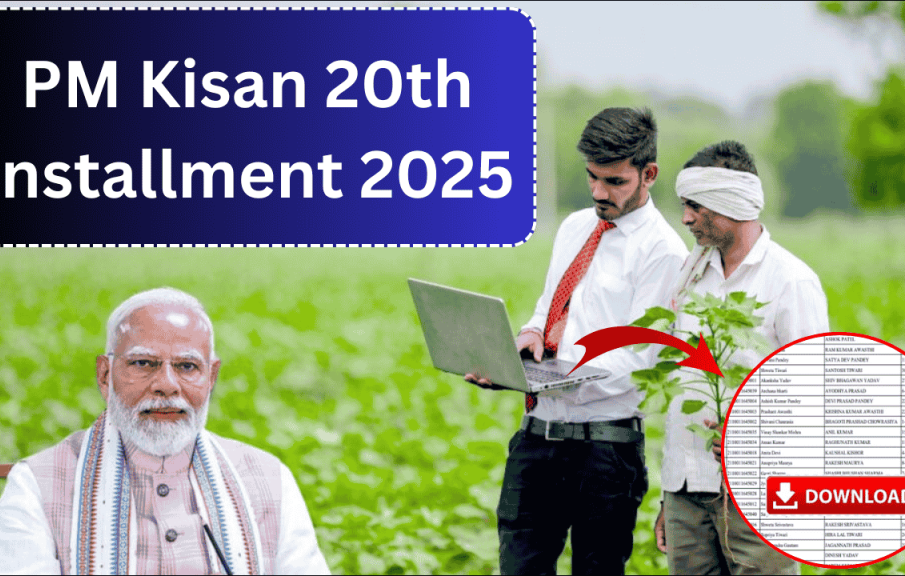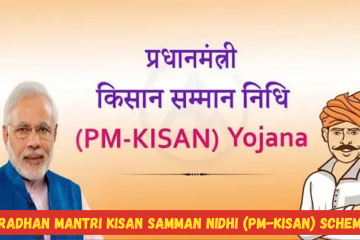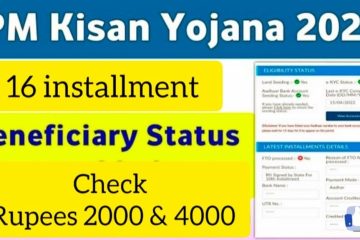PM Kisan 20th Installment in 2025: What to Expect

Introduction
The PM Kisan scheme has been a significant initiative by the Government of India aimed at supporting farmers by providing financial assistance. Launched in December 2018, this scheme transfers direct cash benefits to small and marginal farmers across the country. As we approach the 20th installment, slated for release in 2025, it becomes crucial to examine the scheme’s impact so far and what beneficiaries can anticipate in the upcoming installment.
Importance of PM Kisan Scheme
The scheme aims to address the financial constraints faced by farmers, ensuring they have sufficient funds for agricultural inputs. With direct cash transfers of ₹6,000 annually, disbursed in three installments, the program has benefitted millions, aiding in the purchase of seeds, fertilizers, and other necessities. The 20th installment will further enhance this support, potentially impacting crop production and overall agricultural output in the nation.
Current Status and Expectations
The 19th installment was released in December 2023, with over ₹21,000 crore disbursed to around 11 crore farmers. Stakeholders have expressed optimism regarding the 20th installment, anticipated to be released in late March 2025. Farmers described their expectations for timely payment and potential increases, given inflationary pressures and rising farming costs. The government has been vocal about its commitment to agriculture and farmer welfare, promising continued support through such schemes.
Recent discussions in Parliament suggest that the government is also considering enhancing the eligibility criteria to include more farmers, potentially increasing the number of beneficiaries for the 20th installment. Additionally, digitization efforts are underway to streamline the application process, making it easier for farmers to receive the benefits without bureaucratic holdups.
Challenges on the Horizon
Despite the positives, the PM Kisan scheme is not without challenges. Discrepancies in beneficiary data and concerns over the timely release of funds are issues that need addressing. The government will need to ensure that the 20th installment reaches eligible farmers without delays while also tackling existing grievances regarding the scheme.
Conclusion
The 20th installment of the PM Kisan scheme is poised to play a crucial role in sustaining farmers’ livelihoods and boosting agricultural productivity in India. With increasing discussions about expanding coverage and improving the efficiency of fund disbursement, the upcoming installment could very well be a turning point for many. Stakeholders are urged to stay informed and prepared to take advantage of the benefits that will come with it, reinforcing the importance of government support in agriculture.









